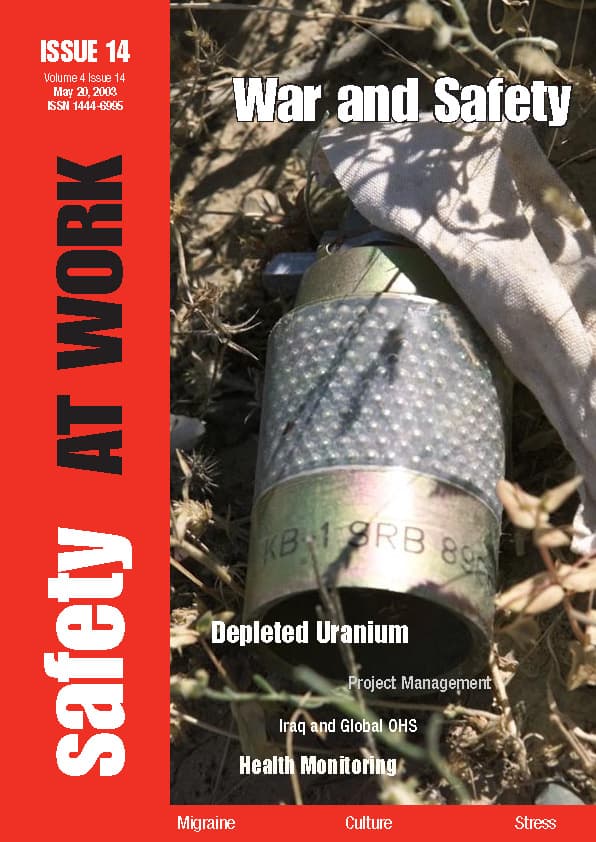On 18 March 2009, Steve Mullins the OHS Officer with the Australian Council of Trade Unions presented a paper on nanotechnology hazards to the “Science Meets Parliament” forum. His concerns over worker safety are not shared by the nanotechnology industry as media reports show but, as Steve points out, nanotechnology hazards have some interesting parallels with asbestos.
Below are the concerns that Steve has over the nanotechnology manufacturing industry in Australia:
- No regulatory acceptance that nanomaterials are more hazardous
- No nano specific risk assessment or controls mandated
- No nano specific monitoring equipment
- No nano specific MSDS
- No exposure levels
- No labels
- No requirement to inform
- No health surveillance
- No training
- No nano specific PPE
- Where nano specific risk management applied or promoted, end up trying to apply controls designed for larger material anyway
- There is no coordinated approach
An exclusive interview with Steve is available by clicking HERE.
Amanda Barnard
In 2008 Australian theoretical physicist Amanda Barnard was awarded the L’Oréal Australia For Women in Science Fellowship. Barnard is developing computational tools to predict the behaviour of nanoparticles in the environment.
An video report about Amanda Branard is below.

